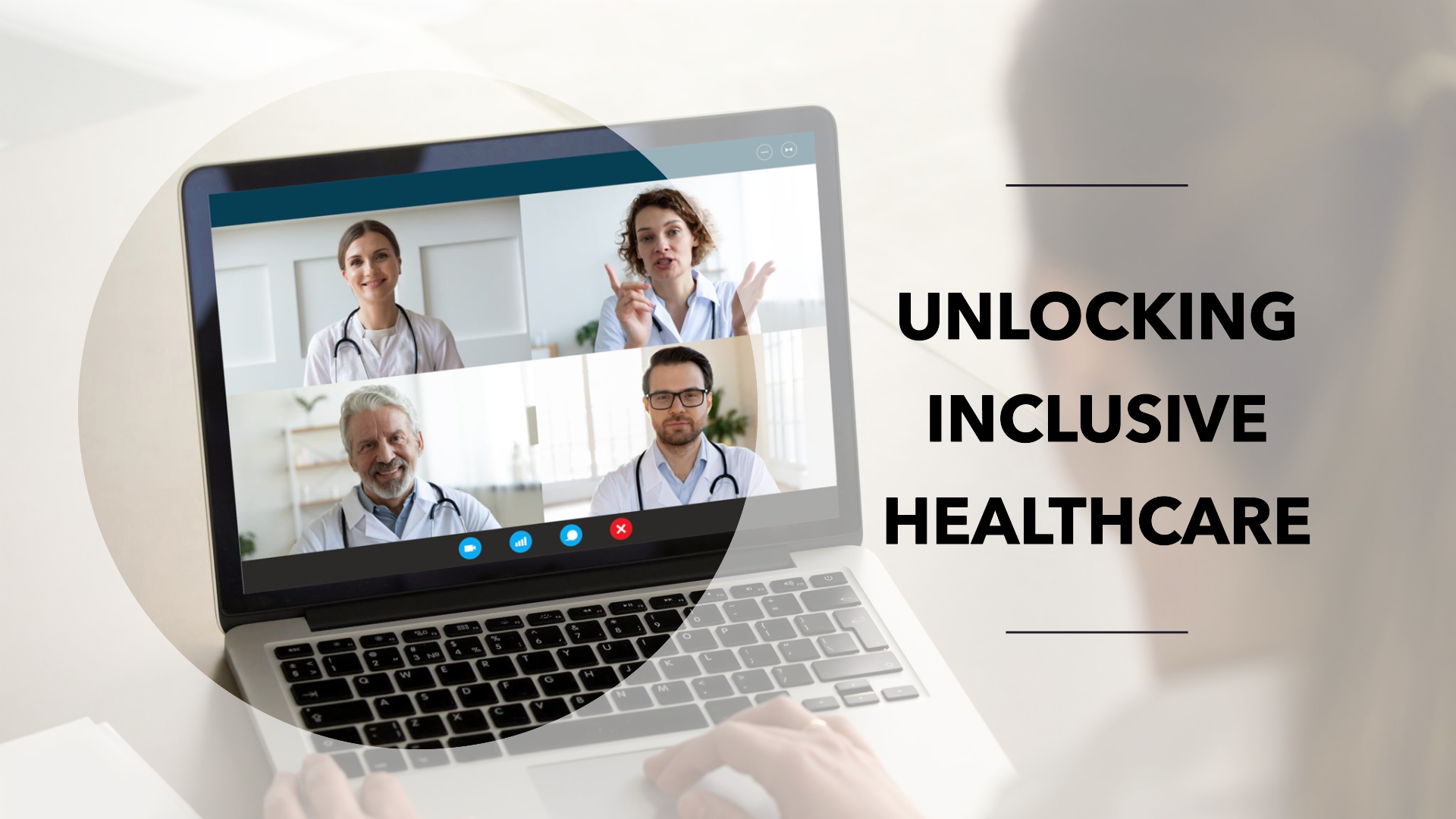The healthcare industry is changing rapidly, and it’s important for you to stay up-to-date on the latest developments. Here are some of the most important things we think you should know about the state of your industry:
- Healthcare costs are rising every year, and this trend is expected to continue for the foreseeable future.
- The average lifespan has been increasing steadily since 1950, but this trend may be slowing down or reversing soon due to climate change and other factors related to an aging population.
- Medical technology has been advancing at a rapid pace in recent years, with new devices and procedures being developed all the time, but these developments come with risks as well as benefits: they can increase quality of life or improve treatment options for patients but also introduce new risks that need to be managed carefully by providers and patients alike (such as side effects or complications).
- As our population ages, there will be more people suffering from chronic conditions like heart disease and dementia—and these conditions require constant monitoring and treatment over many years (or even decades) before they can be properly managed effectively enough so that they don’t lead directly into death anymore than they already do today because of advances in medical science over time (like better research
The biggest change in the industry is undoubtedly the rise of telemedicine, which allows patients to connect with doctors through video calls and online video conferencing services like Skype. This technology has been around for some time now, but it seems like it’s just now beginning to take off at the consumer level.
Another major shift in the industry is the use of mobile apps for patients and doctors alike. These apps allow patients to monitor their health on their own time and in accordance with their schedules; they also give doctors more direct access to their patients’ records so that they can better understand their needs and provide better care.
There are plenty more trends happening within the healthcare industry right now—from payer-provider relations (the relationships between insurance companies and doctors) to how patients interact with their providers—but telemedicine and mobile apps are definitely two of the biggest ones we’re seeing right now.
The three biggest trends in the healthcare industry
The healthcare industry is changing rapidly. The three biggest trends in the industry right now are:
- A shift in care, it is now common to see that care is shifting from the acute from the hospitals, to community care and home care. This is mainly due to the fact that there are more options for patients who want to stay at home rather than going to a hospital.
- Patients have now a much more active voice. They want to be empowered, engaged and to be heard. They are asking for more information about their disease and treatment plan, but also they want to know what happens after they leave hospital or clinic. This new patient behaviour has changed the way we approach our patients’ needs and expectations when they are discharged from hospital or clinic without being able to meet them all in one place or at one time of day/evening etc…
- Focus on data. Which will be crucial in terms of redesigning the healthcare of the future and making good decisions to all stakeholders at large. There’s so much data being collected by healthcare providers every day that it can be overwhelming for doctors—but it’s also incredibly important
1. A shift in care
A shift in care, it is now common to see that care is shifting from the acute from the hospitals, to community care and home care.
This is a welcome change because it is known that hospitalization can have a negative impact on patient’s health and wellbeing. It is also costly for the government, who has to foot the bill for treatment in hospital and nursing homes.
With this new change, patients will be able to receive treatment at home, where they are more comfortable and familiar with the environment. Patients who need constant monitoring can even opt for home monitoring systems which would alert medical professionals if there are any abnormalities detected like a fall or an irregular heart beat etc., which could mean that patients don’t need hospitalization anymore!
It also means we will be able to spend more time with our loved ones rather than being away from them due to work commitments or hospitalization!
In the past, it was a common practice to treat people who were ill or injured in hospitals. But now, a shift has occurred and care is moving toward community-based care and home care.
The reason for this shift is that it’s more cost-effective and efficient to treat patients in their own homes. This can be done by visiting them at home or by having them visit a clinic or other facility that offers the same services as a hospital.
Additionally, there are fewer risks associated with home-based care than there are with hospital stays—which means that people have more freedom over where they receive their treatment.
It’s no secret that hospitals are expensive. They’re also crowded, noisy, and stressful places to be—not ideal for people who are already dealing with health problems. But the solution isn’t just sending patients home early or reducing the number of days they spend in the hospital; it’s about getting them back into their own communities as soon as possible so they can get back on their feet.
Patients who receive home care have better outcomes than those who don’t—and they’re more likely to stay out of the hospital in the future! The National Academy of Medicine has found that home-based care is less expensive than hospitalization, especially when you factor in long-term costs like missed work and other expenses associated with illness.
2. Patients have now a much more active voice
Patients have now a much more active voice. They want to be empowered, engaged and to be heard.
This is the key point for our patients, so we have to listen their feedbacks and suggestions. We need to show them that we care about their health and well-being, so they become more open minded to new ideas and innovations.
We believe that one of the best ways to do this is by using technology to help us improve our services. We want to improve patient experience and make it more personalized; that’s why we use artificial intelligence (AI) in our daily life as doctors.
We know that patients are now more empowered than ever before.
In the past, they were passive recipients of care, but now they’re actively taking charge of their own health. They go online to research their symptoms, they take ownership over their medical records, and they want you to ask them questions so that they can make informed decisions about their care.
As a result, healthcare providers need to rethink how they engage with patients in order to provide the best possible care. But how do you do this? How do you empower your patients and get them engaged?
3. Focus on data
With the emergence of new technologies, healthcare providers are collecting more data than ever before. But it can be overwhelming for doctors to sift through all that information.
It’s crucial that they focus on data, because it will be key in redesigning the healthcare of the future and making good decisions for all stakeholders at large.
There’s so much data being collected by healthcare providers every day that it can be overwhelming for doctors—but it’s also incredibly important. Doctors need to know how to use this information wisely so they can provide the best care possible to their patients.
That’s the key to redesigning healthcare in the future, and making good decisions for all stakeholders at large. There’s so much data being collected by healthcare providers every day that it can be overwhelming for doctors—but it’s also incredibly important.
The ability to collect and analyze this data is what allows us to use it to make better decisions about how we deliver care, as well as how we design our facilities and equipment to meet patients’ needs.
In order for us to be able to do this effectively, though, we need more people to enter the field of data science, and not just those who have a background in computer science or engineering!
Doctors are overwhelmed with data, but that’s a good thing. There’s so much data being collected by healthcare providers every day that it can be overwhelming for doctors—but it’s also incredibly important. In order to make good decisions about how to provide the best care possible, doctors need access to as much information as they can get their hands on.
In order to make sense of the flood of information, doctors need to focus on the most important parts: what is relevant and actionable? How can we use this data to improve outcomes? How can we share this knowledge with our patients? These are just some of the questions that should be top-of-mind for healthcare providers.
In order for us all to thrive in the future of healthcare, it’s crucial that these questions be answered. What do you think?
I was inspired by Salesforce new video Series. Contact us for more relevant details. To find out more about how we can help you with your Digital Healthcare Transformation, Healthcare organizational growth, or Healthcare brand positioning, please get in touch via phone +44 (0) 203 3620421 or via e-mail: info@digitalsalutem.com





